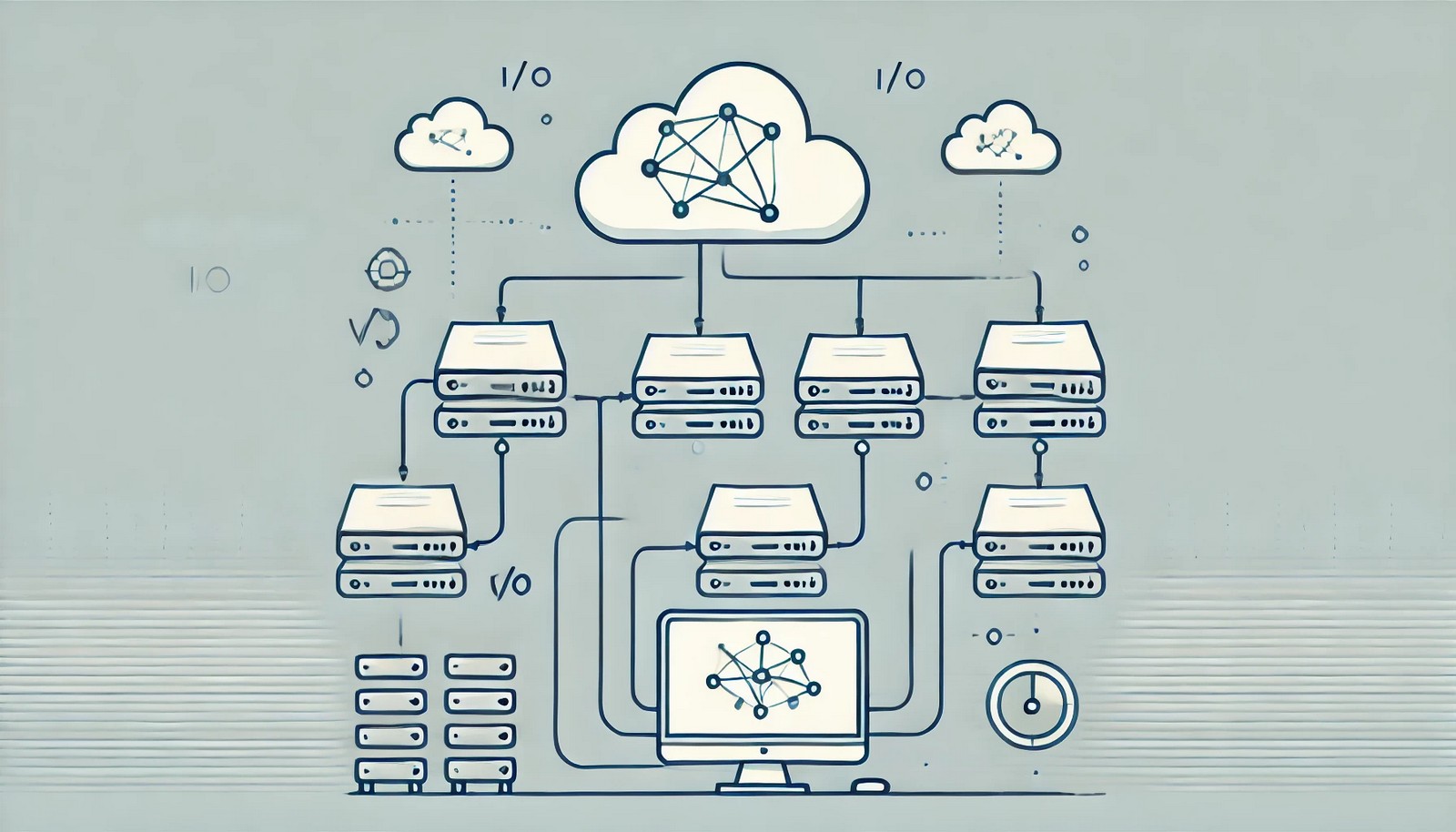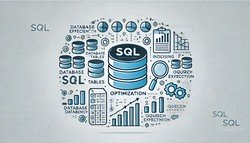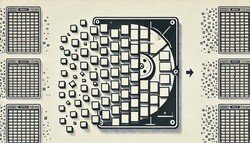Virtualized I/O

(Representational Image | Source: Dall-E)
Quick Navigation:
- Virtualized I/O Definition
- Virtualized I/O Explained Easy
- Virtualized I/O Origin
- Virtualized I/O Etymology
- Virtualized I/O Usage Trends
- Virtualized I/O Usage
- Virtualized I/O Examples in Context
- Virtualized I/O FAQ
- Virtualized I/O Related Words
Virtualized I/O Definition
Virtualized I/O (Input/Output) is a technology that abstracts physical input and output operations from the underlying hardware, enabling multiple virtual machines (VMs) to share and manage I/O resources efficiently. By leveraging techniques such as Single Root I/O Virtualization (SR-IOV) and software-defined networking (SDN), Virtualized I/O improves resource allocation, reduces hardware dependencies, and enhances overall system performance in cloud computing and virtualized environments.
Virtualized I/O Explained Easy
Imagine you have a single printer at home, but multiple people in your family need to use it. Instead of plugging and unplugging cables, you connect it to a network, allowing everyone to print from their own devices. Virtualized I/O works similarly—it lets different virtual machines share the same hardware resources, like network cards and storage, without needing separate physical connections for each one.
Virtualized I/O Origin
The concept of Virtualized I/O emerged as data centers transitioned from traditional physical servers to virtualized infrastructures. With the rise of cloud computing, companies needed a way to efficiently share hardware resources between multiple virtual machines, leading to the development of software-driven I/O management techniques.
Virtualized I/O Etymology
The term "virtualized" comes from "virtualization," meaning the creation of virtual (rather than physical) versions of computing resources. "I/O" stands for Input/Output, referring to the data transfer processes between computer systems and external devices.
Virtualized I/O Usage Trends
Virtualized I/O has gained widespread adoption with the growth of cloud computing, high-performance data centers, and network function virtualization (NFV). Organizations increasingly use Virtualized I/O to optimize workloads, reduce latency in high-demand applications, and improve scalability. Emerging trends include the use of AI-driven optimization and software-defined storage solutions for managing virtualized I/O more effectively.
Virtualized I/O Usage
- Formal/Technical Tagging:
- Cloud Computing
- Virtualization
- Data Center Infrastructure - Typical Collocations:
- "Virtualized I/O performance"
- "I/O virtualization in cloud computing"
- "Virtualized network interfaces"
- "SR-IOV for virtualized environments"
Virtualized I/O Examples in Context
- Cloud providers use Virtualized I/O to enable seamless data transfer between virtual machines without physical constraints.
- High-performance computing environments rely on Virtualized I/O to optimize network traffic and storage access.
- Virtualized I/O allows enterprises to reduce costs by consolidating multiple workloads onto fewer physical devices.
Virtualized I/O FAQ
- What is Virtualized I/O?
Virtualized I/O is a technology that allows multiple virtual machines to share and manage input/output resources without requiring direct physical hardware connections. - How does Virtualized I/O improve performance?
It reduces hardware bottlenecks by enabling efficient resource allocation, minimizing latency, and optimizing data flow in virtualized environments. - What is SR-IOV in Virtualized I/O?
Single Root I/O Virtualization (SR-IOV) is a PCIe feature that allows a physical network device to present multiple virtual instances, enhancing I/O performance in virtualized systems. - Is Virtualized I/O only used in cloud computing?
No, it's also used in enterprise data centers, high-performance computing (HPC), and software-defined networking (SDN) environments. - How does Virtualized I/O benefit cloud providers?
It enables efficient scaling, improves network flexibility, and reduces hardware dependency, making cloud services more cost-effective. - What are some common Virtualized I/O technologies?
Technologies include SR-IOV, virtual network interfaces, software-defined storage, and NVMe over Fabrics (NVMe-oF). - Can Virtualized I/O help with security?
Yes, it can enhance security by isolating workloads and controlling data flow between virtual machines. - What challenges come with Virtualized I/O?
Challenges include increased complexity, potential I/O contention, and the need for specialized hardware support. - Is Virtualized I/O relevant for AI workloads?
Absolutely. Virtualized I/O helps manage high-speed data transfer between AI models and storage, reducing latency in deep learning applications. - What’s the future of Virtualized I/O?
The future includes AI-driven optimizations, hardware acceleration, and deeper integration with software-defined data centers.
Virtualized I/O Related Words
- Categories/Topics:
- Cloud Infrastructure
- Virtualization Technologies
- Software-Defined Networking (SDN)
Did you know?
Virtualized I/O plays a critical role in modern cloud gaming services. By enabling ultra-low-latency data transfer between game servers and users, technologies like NVIDIA’s virtualized GPUs and high-speed NVMe storage ensure smooth gaming experiences without requiring powerful hardware on the user's side.
Authors | Arjun Vishnu | @ArjunAndVishnu

PicDictionary.com is an online dictionary in pictures. If you have questions or suggestions, please reach out to us on WhatsApp or Twitter.
I am Vishnu. I like AI, Linux, Single Board Computers, and Cloud Computing. I create the web & video content, and I also write for popular websites.
My younger brother, Arjun handles image & video editing. Together, we run a YouTube Channel that's focused on reviewing gadgets and explaining technology.
















Comments (0)
Comments powered by CComment